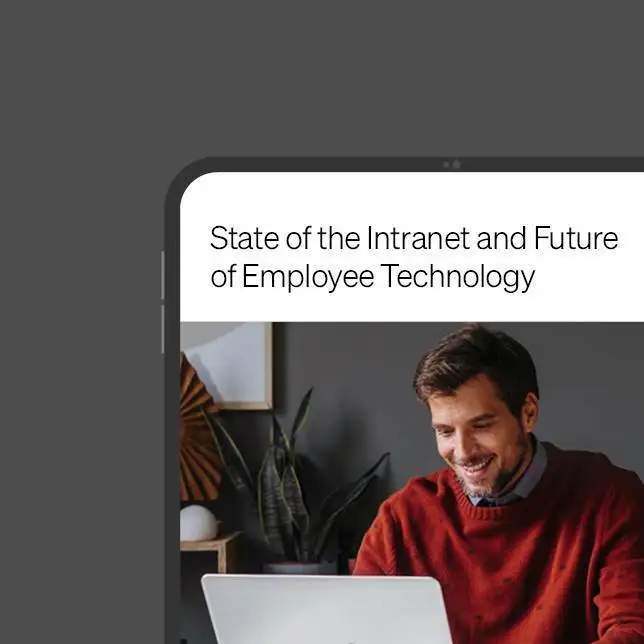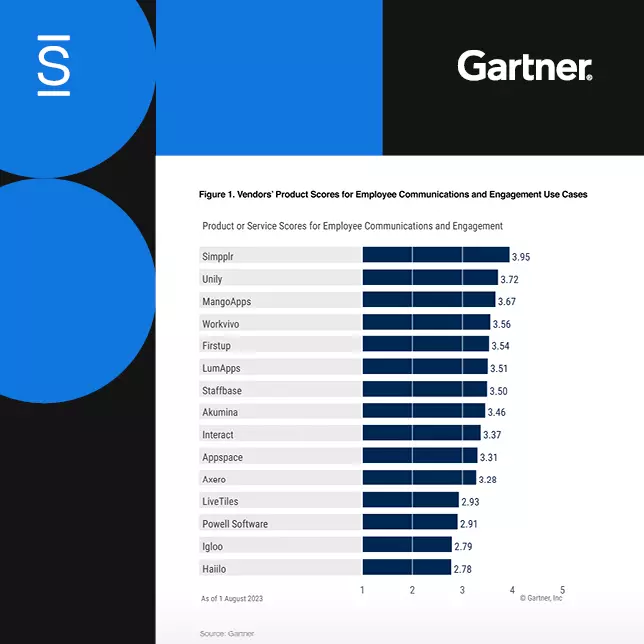Employee Experience Terms & Definitions
Discover the Simpplr Glossary.
Explore terms and definitions on topics related to employee experience, internal communication, collaboration, intranet and more.
Explore terms and definitions on topics related to employee experience, internal communication, collaboration, intranet and more.






